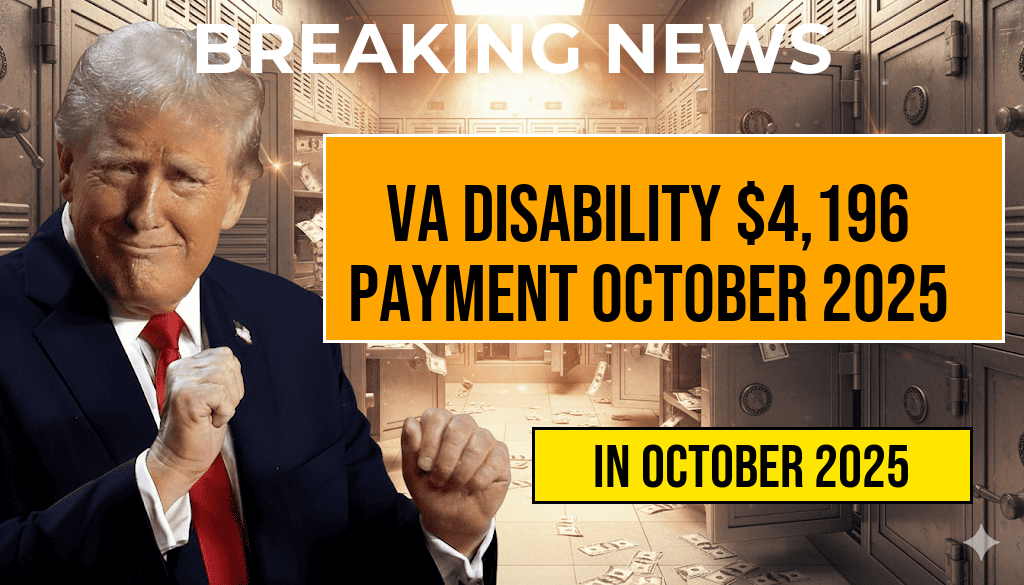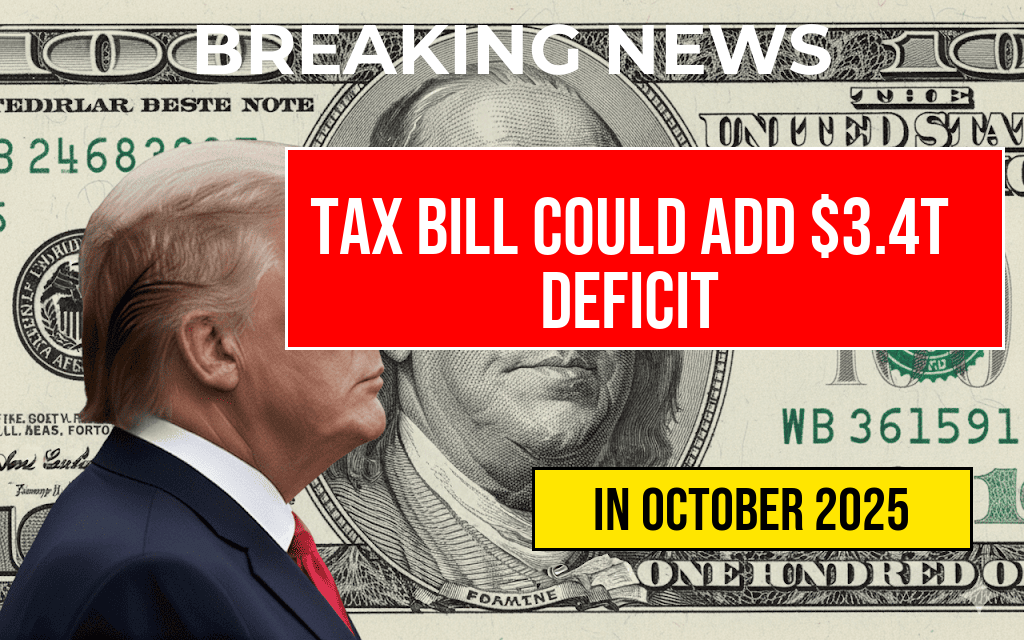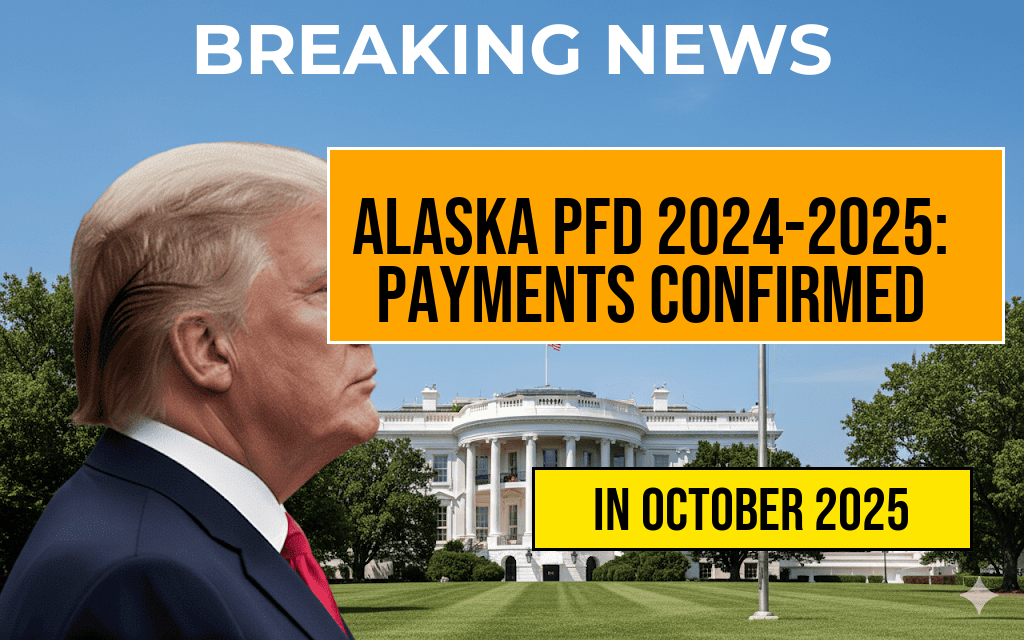Low-income households across the United States are poised to face significant financial challenges following recent policy changes that could result in income reductions of up to $1,650 annually. The adjustments, enacted by federal and state agencies, aim to recalibrate benefit programs and tax credits, but critics warn that these shifts may disproportionately impact vulnerable populations. As policymakers defend the reforms as necessary for fiscal sustainability and program integrity, affected families are grappling with uncertainty about their immediate financial stability. The new measures are expected to influence a broad spectrum of assistance programs, including housing subsidies, earned income tax credits, and social welfare benefits, prompting widespread concern among advocacy groups and economic analysts alike.
Overview of the Policy Changes
The recent reforms stem from a combination of federal budget constraints and efforts to streamline social safety nets. Key components include tightening eligibility criteria for income-based programs, reducing benefit amounts for certain recipients, and implementing stricter income verification procedures. These adjustments are intended to curb misuse and ensure resources are directed toward the most in-need populations, but they also risk excluding some households from critical support.
Major Areas Affected
- Housing Assistance: Changes in Housing Choice Voucher (Section 8) programs could lead to lower subsidies for some families, increasing their out-of-pocket rent obligations.
- Tax Credits: Modifications to the Earned Income Tax Credit (EITC) and Child Tax Credit (CTC) are expected to reduce the total credits available to qualifying low-income workers and families.
- Food Assistance: Eligibility thresholds for Supplemental Nutrition Assistance Program (SNAP) benefits are under review, with potential reductions for certain households.
Projected Financial Impact
Estimates indicate that the cumulative effect of these policy shifts could lead to an annual income decline of up to $1,650 for some low-income households, particularly those with incomes just above the previous eligibility thresholds. This reduction arises primarily from decreased benefit amounts and stricter qualification standards.
Breakdown of Potential Income Losses
| Program | Average Reduction | Number of Households Affected |
|---|---|---|
| Housing subsidies | $650 | Approximately 2 million |
| Tax credits (EITC & CTC) | $500 | Estimated 3 million filers |
| Food assistance (SNAP) | $500 | Roughly 1.5 million households |
The combined effect could push many families below the poverty line or force difficult financial trade-offs, such as choosing between rent and groceries.
Responses from Stakeholders
Government Officials
Officials from the Department of Health and Human Services (HHS) emphasize that the reforms help ensure the long-term sustainability of social programs. Spokespersons argue that tightening eligibility and reducing unnecessary expenditures allow for more targeted assistance, preserving resources for the most vulnerable segments of the population. They cite data suggesting that some existing programs have been susceptible to fraud and abuse, which these changes aim to address.
Advocacy Groups and Critics
Many advocacy organizations contend that the new policies could deepen economic hardship for low-income families. The National Low Income Housing Coalition and other groups warn that reductions in housing subsidies may lead to increased homelessness or forced relocations. Similarly, poverty advocates warn that cuts to tax credits and food assistance could exacerbate food insecurity and housing instability.
Research from organizations such as the Wikipedia page on Poverty in the United States highlights that even modest income reductions can significantly impact household stability, especially for those already living paycheck to paycheck.
Potential Long-Term Effects
Economists warn that persistent income reductions among low-income households could have ripple effects on local economies, increasing demand for emergency services and social support programs. These shifts might also influence broader societal issues, including increased reliance on public assistance and reduced economic mobility over time.
Looking Ahead
As the policy landscape continues to evolve, affected families and community organizations are calling for greater transparency and support measures to mitigate adverse effects. Some suggest expanding targeted assistance programs or implementing transitional aid to help families adapt to the new financial realities. Meanwhile, policymakers face the challenge of balancing fiscal responsibility with social equity, a debate that will likely intensify in the coming months.
For more information on federal social programs and recent policy updates, visit Social Security Administration and Congress.gov.
Frequently Asked Questions
What is the main impact of the new policy changes on low-income households?
The new policy changes could lead to an income reduction of up to $1,650 for low-income households, significantly affecting their financial stability.
Who is affected by the income reduction under the new policy?
Low-income households across various regions are impacted, especially those relying on government assistance programs or having incomes near the eligibility thresholds.
What are the reasons behind the policy changes that cause income reductions?
The policy changes are primarily driven by budget adjustments aimed at reallocating funds or reducing government expenditure, which inadvertently impact income support for vulnerable populations.
How might low-income households mitigate the effects of this income reduction?
Households can consider exploring additional assistance programs, budgeting strategies, or community resources designed to provide financial support during this transition period.
When will these policy changes take effect, and how long will the income reductions last?
The policy changes are set to take effect starting from [insert date], with the duration of income reductions depending on future policy reviews and potential adjustments by authorities.










